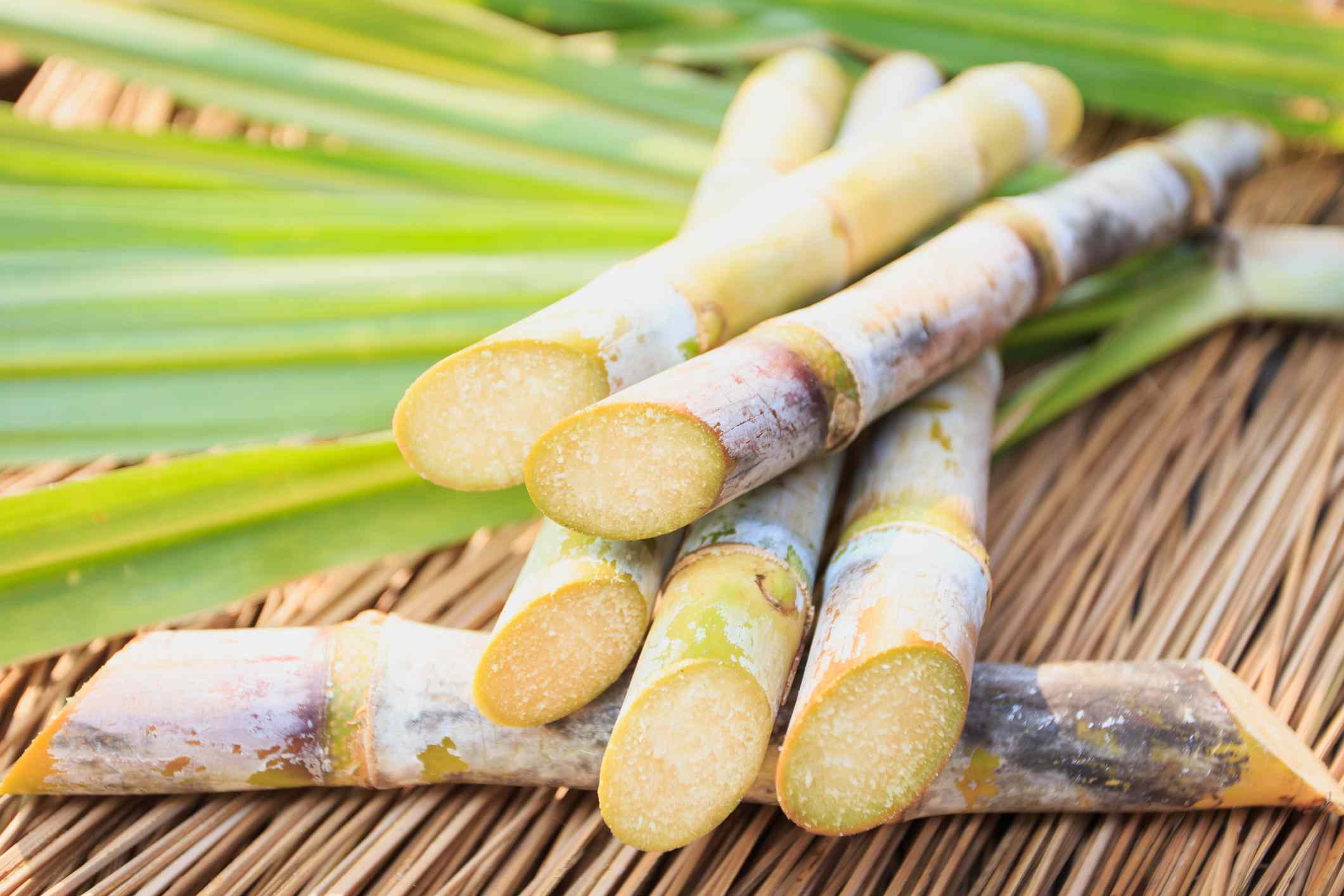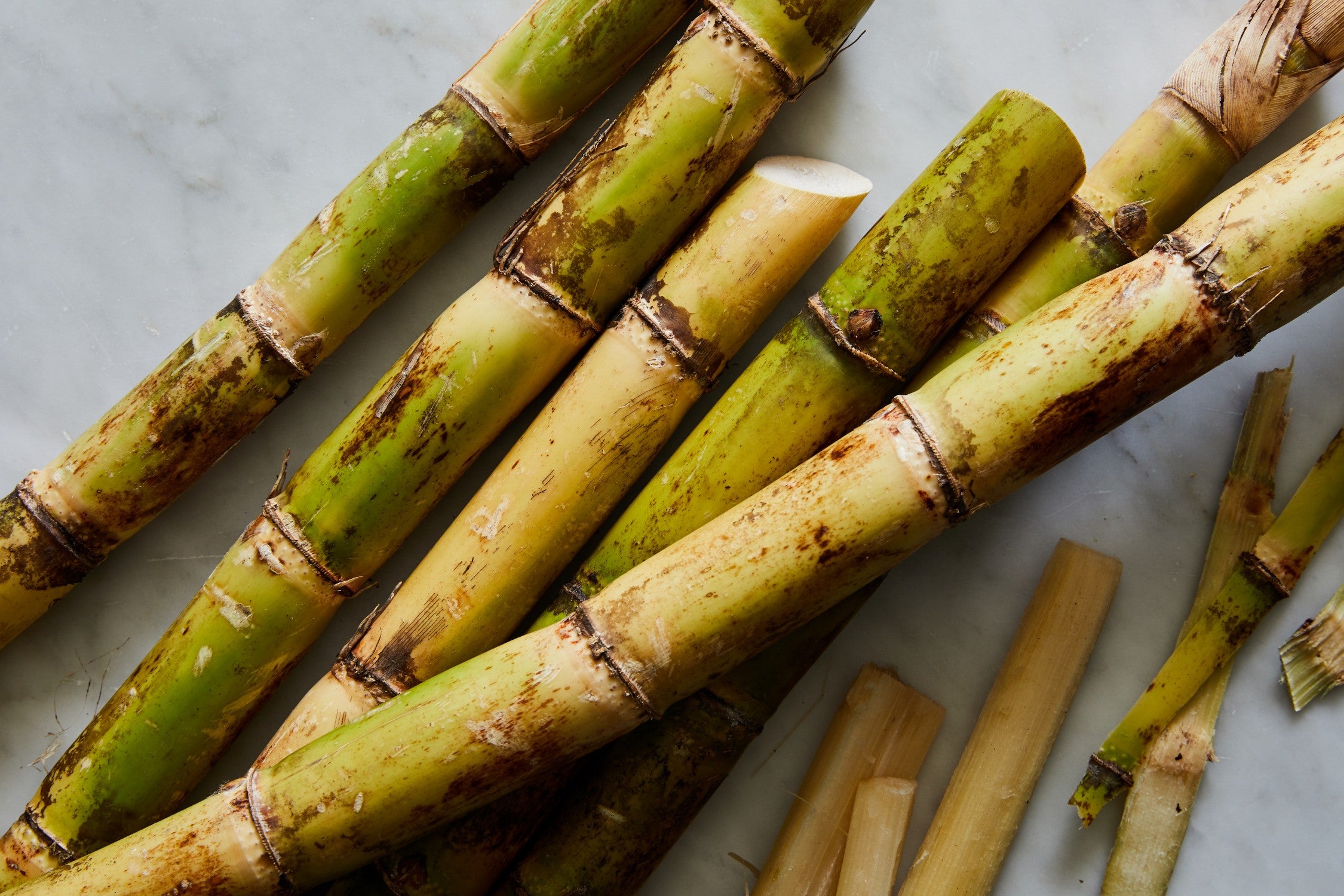An Extensive Overview to the Ecological Influence and Sustainability Practices in Walking Cane Sugar Handling
The environmental influence of walking cane sugar processing presents a complicated selection of challenges that warrant cautious exam. From dirt destruction and excessive water use to the carbon footprint related to cultivation and manufacturing, the repercussions of standard methods are far-reaching. On the other hand, the adoption of ingenious sustainability procedures uses a pathway toward extra accountable manufacturing techniques. Comprehending the interaction in between these concerns is crucial for stakeholders in the market. What details methods can be executed to strike an equilibrium between performance and ecological stewardship? The answers hinge on a more detailed check out both the difficulties and possible options.
Summary of Walking Cane Sugar Processing
Cane sugar processing includes a collection of organized steps that change sugarcane right into refined sugar. At first, harvested sugarcane is transported to processing centers, where it undergoes cleansing to get rid of dirt and debris. Following this, the walking stick is squashed to draw out juice, which is after that made clear by removing contaminations through home heating and the addition of lime.
The cleared up juice goes through dissipation, where water is gotten rid of to focus the sugar web content. This focused syrup is then taken shape via air conditioning, permitting sugar crystals to form. These crystals are divided from the staying syrup utilizing centrifugation, resulting in raw sugar. To accomplish polished sugar, the raw item undertakes additional purification processes, which may consist of washing and filtering system to eliminate staying impurities and color.
The final item is after that dried and packaged for circulation. Throughout this entire procedure, maintaining performance and quality assurance is vital to make sure the sugar fulfills market requirements. Each action in walking cane sugar handling not only adds to the end product but likewise has ramifications for resource use and waste generation, setting the stage for conversations on sustainability and ecological effects connected with sugar manufacturing.
Ecological Difficulties of Manufacturing
The manufacturing of walking stick sugar provides a number of considerable environmental difficulties that warrant interest. One primary worry is the substantial usage of agrochemicals, including fertilizers and pesticides, which can lead to soil destruction, biodiversity loss, and contamination of neighborhood water resources. The overflow from sugarcane fields often lugs these chemicals right into neighboring ecological communities, interfering with marine life and impacting the health and wellness of neighborhoods reliant on these water bodies.
One more challenge is the high power intake linked with sugarcane processing. The boiling and refining stages call for substantial warm, primarily created by burning nonrenewable fuel sources, adding to greenhouse gas discharges. Furthermore, the expansive land location needed for sugarcane growing can cause deforestation and habitat devastation, additional exacerbating environment modification and threatening wild animals.
Additionally, the labor practices in some areas raise moral worries, as workers might face inadequate working conditions and poor salaries. This scenario usually continues a cycle of destitution in regional communities. Cane Sugar Processing. Attending to these environmental difficulties is essential for creating much more lasting methods in walking cane sugar production, eventually benefiting both the atmosphere and the areas included in this sector
Water and Land Use Influence
Water resources and land use are crucial parts in the cane sugar sector that substantially influence the environment. The growing of sugarcane calls for substantial water input, with quotes recommending that it can consume as much as 2,000 litres of water per kilogram of sugar generated. This intensive use of water usually causes depletion of regional water resources, impacting not just the sugarcane plantations however additionally surrounding ecological communities and communities that rely upon the very same water resources for agriculture and domestic use.

Additionally, land usage for sugarcane growing can lead to logging and the conversion of natural environments into monoculture vineyards. This practice reduces biodiversity, disrupts neighborhood communities, and adds to soil destruction. The expansion of sugarcane areas typically encroaches on useful farming land, creating competitors for sources between food and biofuel manufacturing.
Lasting practices, such as enhancing watering techniques and carrying out plant rotation, are important to mitigate these impacts. By embracing extra efficient water usage and land administration approaches, the cane sugar market can minimize its eco-friendly footprint, guaranteeing an equilibrium in between farming productivity and environmental preservation.
Greenhouse Gas Emissions
Greenhouse gas discharges stand for a substantial ecological issue within the walking stick sugar processing market, specifically as farming techniques increase to meet global demand. The cultivation of sugarcane, a crop that thrives in tropical climates, depends heavily on synthetic fertilizers and pesticides, which contribute to nitrous oxide discharges. Furthermore, land-use adjustments, consisting of logging for brand-new sugarcane vineyards, launch carbon dioxide saved in plants and soil.
Throughout handling, energy consumption is another significant resource of greenhouse gas discharges - Cane Sugar Processing. Numerous sugar mills utilize nonrenewable fuel sources to power equipment and produce heat, causing significant carbon footprints. Furthermore, the transport of raw sugarcane and completed products includes layers of discharges with gas burning in cars
This involves examining current agricultural techniques, processing techniques, and transport systems to identify areas for enhancement and reduction. Dealing with greenhouse gas discharges is essential for promoting an extra sustainable walking stick sugar sector in a changing climate.

Lasting Practices and Innovations
Sustainable practices and innovations are significantly crucial in the walking stick sugar handling market as stakeholders seek to reduce ecological effects while maintaining productivity. One considerable development is the execution of integrated crop administration, which optimizes source use by incorporating soil monitoring, site link insect control, and plant rotation strategies. This technique enhances return while minimizing chemical inputs and protecting soil health and wellness.
Moreover, the fostering of renewable resource sources, such as biomass from sugarcane residues, has actually acquired grip - Cane Sugar Processing. By converting waste products right into power, processing centers can reduce their dependence on nonrenewable fuel sources, consequently decreasing greenhouse gas emissions
Water administration techniques have likewise seen improvements through the recycling and reusing of water in handling plants, significantly decreasing freshwater intake. Developments in innovation, such as accuracy agriculture, allow farmers to keep an eye on plant health and resource usage a lot more effectively, guaranteeing sustainable growing techniques.
Furthermore, accreditation programs like Fair Trade and Jungle Partnership urge environmentally responsible farming methods and promote social equity within the supply chain. By welcoming these lasting practices and developments, the walking stick sugar processing market can boost its strength and add favorably to ecological stewardship.
Verdict
The environmental effect of useful source walking stick sugar handling offers significant challenges, including soil degradation, high water usage, and greenhouse gas discharges, along with moral problems connected to labor practices. Addressing these issues through sustainable practices, such as integrated crop monitoring, eco-friendly power fostering, and water recycling, is vital. By promoting socially fair and eco liable approaches in sugar manufacturing, the market can reduce its adverse results, guaranteeing a much more sustainable future for both areas and environments included in this sector.
Walking cane sugar handling involves a collection of methodical steps that change sugarcane into refined sugar. Each action in cane sugar handling not only adds to the final product however also has effects for resource usage and waste generation, establishing the stage for conversations on sustainability and environmental influences associated with sugar manufacturing.
Greenhouse gas discharges stand for a considerable environmental worry within the cane sugar handling industry, specifically as agricultural techniques expand to fulfill global need.Sustainable methods and innovations are significantly important in the walking cane sugar processing sector as stakeholders seek to minimize environmental effects while keeping productivity.The ecological impact of walking stick sugar handling presents considerable obstacles, including soil destruction, you could check here high water consumption, and greenhouse gas discharges, along with ethical worries related to labor practices.